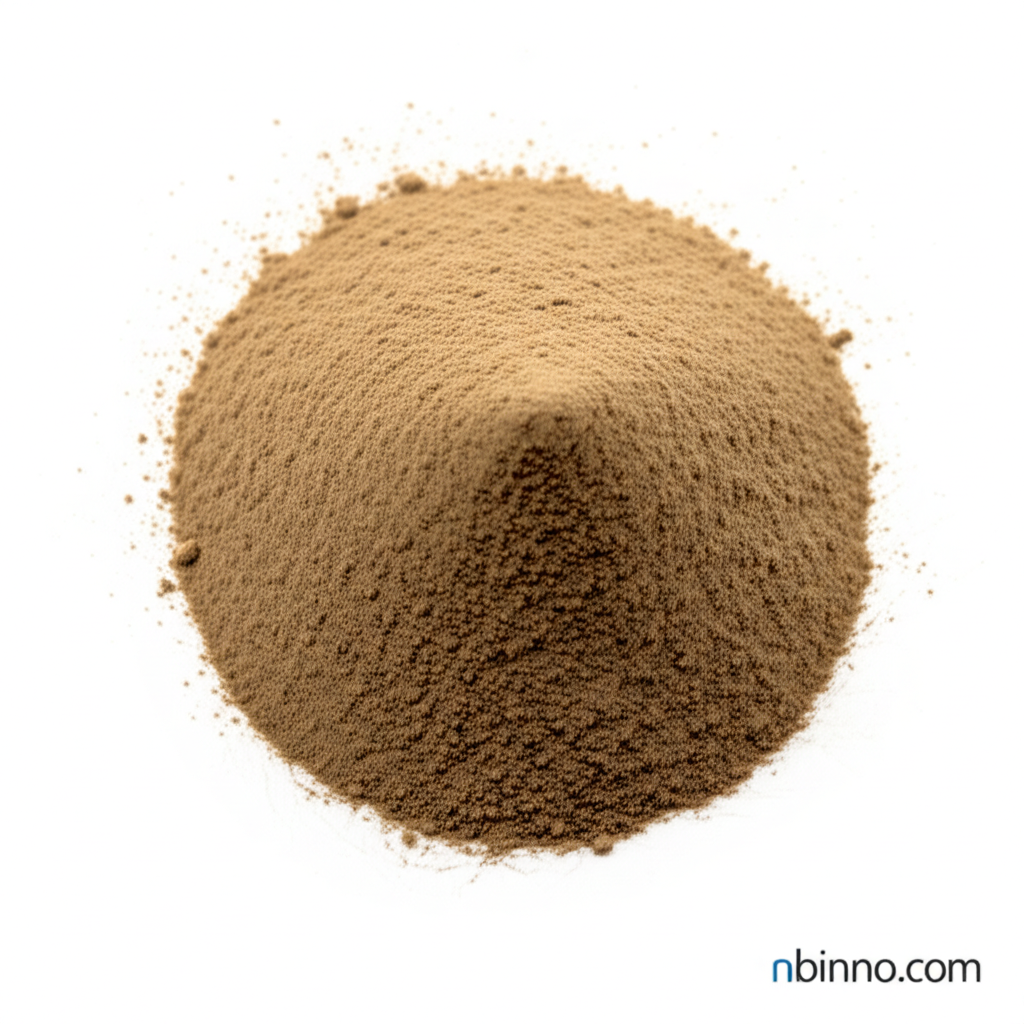Unlocking the Potential of 1-Fluorenecarboxylic Acid
Explore the properties, synthesis, and diverse applications of this vital organic intermediate.
Get a Quote & SampleProduct Core Value

1-Fluorenecarboxylic Acid
1-Fluorenecarboxylic Acid (CAS 6276-03-5) stands as a critical organic intermediate, prized for its unique structural characteristics and reactivity. It serves as an essential building block in the synthesis of advanced organic compounds and functionalized materials.
- Discover the utility of 1-Fluorenecarboxylic Acid synthesis in creating novel organic electronic materials.
- Explore the detailed 1-Fluorenecarboxylic Acid properties, including its melting point of 246-248°C.
- Leverage CAS 6276-03-5 applications in developing sophisticated fluorescent probes.
- Utilize this compound as a key component in pharmaceutical intermediates for drug discovery.
Advantages You Can Count On
Versatile Building Block
As a versatile building block, 1-Fluorenecarboxylic Acid is instrumental in the preparation of various functionalized materials, enabling diverse chemical synthesis pathways.
Enhanced Optical Properties
The inherent aromatic fluorene moiety in this acid imparts distinct photophysical properties, enhancing the optical performance of derived compounds, crucial for fluorescent applications.
Reactive Functional Group
The presence of a reactive carboxylic acid group provides a versatile handle for further functionalization, facilitating the introduction of different chemical moieties for tailored material design.
Key Applications
Organic Synthesis
Serves as a key starting material in organic synthesis for complex organic frameworks, a vital aspect of our chemical intermediates offering.
Organic Electronics
Its fluorene unit makes it valuable for synthesizing organic electronic materials and components used in advanced devices.
Fluorescent Probes
The compound's photophysical properties are beneficial for creating sophisticated fluorescent probes and sensors in various scientific fields.
Biomarker Evaluation
Used as biomarkers to evaluate exposure to PAHs, contributing to environmental health research and monitoring.
